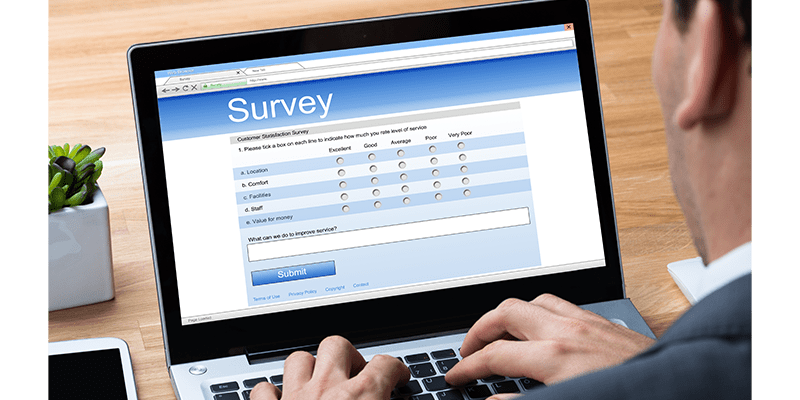Marketing
3 Ways to Optimize Your Website for Lead Generation
by clickdimensions

A digital-centered customer journey has emerged from the pandemic, and businesses must now put into place new funnel strategies to match. If your organization fails to meet the digital-first buying preferences of customers today, diminished pipelines and plummeting profits will follow – a revenue reckoning. To be successful, sales and marketing efforts should focus on the front of the buyer’s journey, with an optimized website being one of the most important tactics for regenerating demand.
Below, we’ve compiled our top three tips on how to best optimize your website for lead generation in today’s digital-first landscape.
1. Conduct an audit. Before you dig into new digital lead generation strategies, it is important to take stock of what is already in place on your website and how it’s performing. From there, you can determine which areas of your website need to be adjusted and how you will measure success moving forward. To start, conduct an audit on what sources your online traffic is coming from – this could include organic search, email campaigns, social media or blog posts. Once you find out the source of your traffic, determine which pages your visitors are landing on and how you can best nurture this interest. Ultimately, your website needs to offer straightforward information that demonstrates how your products and services solve the problems that your customers face. This should include customer testimonials, pricing information and other relevant information that will help persuade a potential customer.
2. Keep your CTAs simple. The key to keeping your visitors attention is crafting a compelling call to action. It is important not to overwhelm your visitors with complicated asks, so ensure your CTAs are simple and straight to the point. A great CTA fills up the top of your marketing funnel by offering free and appealing content, such as demos or thought leadership content like eBooks and white papers. When potential customers visit your website for the first time, they are likely gathering information and will not be ready to make a purchase. To help educate them on your brand and products, offer them low-commitment ways to become involved with your company, like subscribing to your newsletter, trying your products for free, participating in a demo of your services or downloading a piece of content. Your customers will be able to get a feel for what solutions your company offers, and your sales team will receive new leads.
3. Implement a live chat service. Casual visitors and customers alike expect to be able to quickly find the answers to their questions on your website. When they are unable to sort through the information on your website, they need a way to get help immediately. You can accomplish this ask with a live chat bot. When configuring your chat service, take the results from your website audit and install your chat tool on the pages that have the most visitors. This could be your home page, support page, demo page or you may opt to have your chat appear on all your web pages. With the right research, you can determine where most of your visitors get stuck and may need assistance. Depending on the bandwidth of your team, you can also delegate someone to provide live responses, in addition to automated responses. This gives you the additional opportunity to collect insight on your customer’s needs while also addressing their questions.
Happy Marketing!







